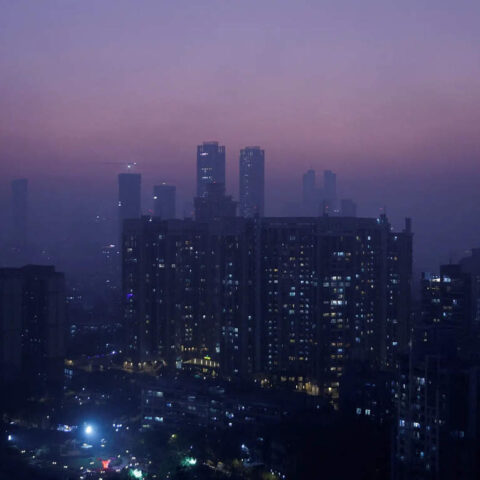The mandate for much of the film was to keep things as consistent with the original as possible, but the home was a special case. The exterior underwent a postmodern, geometric reimagining under the direction of Delia Deetz (Catherine O’Hara) and her interior designer, Otho (William Glenn Shadix), the first time around, but Scruton had the feeling that audiences would prefer to see it in its original Victorian farmhouse state, especially since Beetlejuice ended with a reversal of the interior changes. Scruton and his team rebuilt the dwelling as it appeared at the start of the first film, when it was under the Maitlands’ ownership, but covered it in a black veil to reflect the period of mourning the Deetzes are in during the sequel. “I had been reading about Victorian funerals, where they would veil the interior,” Scruton says. “With Delia, it just made sense to do something as dramatic and over the top as that.”
The team was immediately in agreement that the veil was in character for Delia Deetz, but actually making it a reality was quite difficult. Scruton did camera tests with a number of different fabrics, but few had the proper amount of translucency that would keep the structure itself visible. “It was a straightforward bobbinet in the end that we found and it worked really, really well, but of course there wasn’t enough of it, so it had to come from three different countries to get that volume of fabric,” Scruton says. “It was built like a giant dress, we built a pattern and everything was cut to fit.”
In the first film, the home’s interiors went from a “chintzy country cottage look” to a postmodern extreme, then back again. This time, Scruton tried to imagine the direction Delia would have taken the home’s design in the decades in between. “I think that was my biggest headache of the movie,” Scruton says, explaining how difficult it was to envision exactly what Delia might have done. He put all of the hand-built carpentry details back in, as he imagined Delia would have because of more recent trends surrounding historical restoration, but went with a color-drenched grayish blue tone for a bit of flair that the eccentric matriarch would crave.







